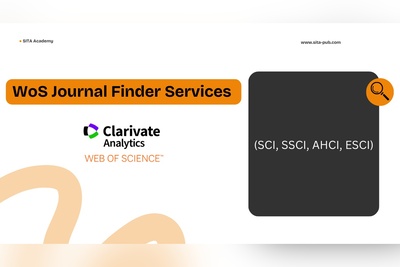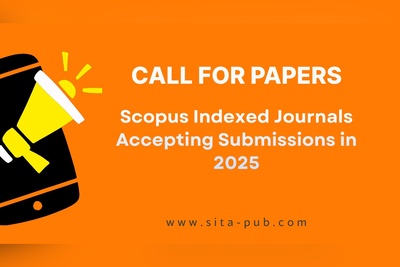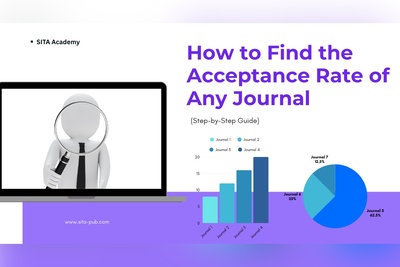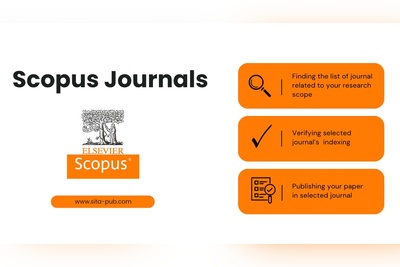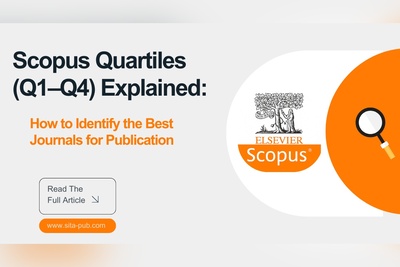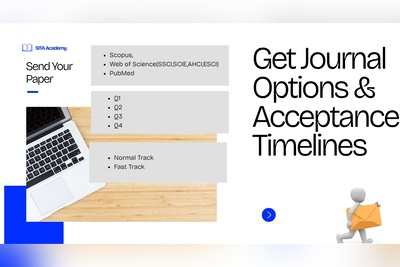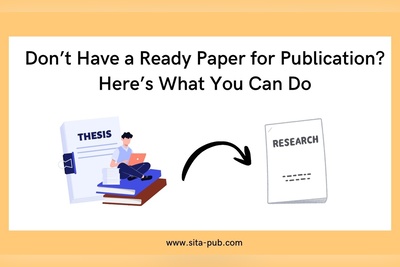Can I publish part of my thesis as a paper?
Learn how to publish parts of a Master’s or PhD thesis as research papers in peer-reviewed international journals. This includes guidance on extracting publishable papers, understanding journal indexing and quartiles, formatting, and preparing manuscripts for submission to Scopus, Web of Science (WOS), and other databases.

For many Master’s and PhD students, completing a thesis is a major academic achievement. However, the journey does not end there. Many students are eager to publish parts of their thesis as research papers in peer-reviewed journals. Publishing your research not only strengthens your academic profile but also allows your findings to reach a broader audience, and support future academic or professional opportunities.
Publishing a thesis as a journal article is highly desirable for several reasons: it enhances the visibility of your work, increases the likelihood of citations, and helps you meet graduation, promotion, or funding requirements. However, it’s important to understand that a thesis cannot be directly submitted to a journal. Academic journals require research articles to follow specific structures and formats, which differ significantly from a thesis. That’s where extracting publishable papers from your thesis becomes crucial.
Why a Thesis Cannot Be Directly Published
There are several reasons why your thesis, in its original form, is not suitable for direct submission to a journal:
Length and Scope
Theses are usually long documents, often ranging from 50 to 300+ pages, depending on the field. Journals, in contrast, typically accept research articles of 5–20 pages, which means the content needs to be condensed and focused.
Structure Differences
Theses are usually divided into multiple chapters: introduction, literature review, methodology, results, discussion, and conclusion. Journals, however, require a concise, standalone paper that presents only the core research question, methodology, key results, and discussion.
Focus and Specificity
A thesis covers a wide range of research questions and experiments. A journal paper, however, must have a single, focused objective, making it easier for reviewers and readers to understand the contribution.
Academic Style and Language
Theses are written for academic committees and may contain detailed background, extensive citations, or personal reflections. Journals expect formal, concise, and precise language suitable for the broader scientific community.
Understanding these differences is essential for students who want to turn their hard work into impactful publications.
How to Extract a Publishable Paper from Your Thesis
Extracting a paper from your thesis is a structured process. Here’s how it can be done effectively:
Step : Identify Core Research Questions or Results
Go through your thesis and identify sections that can stand alone as a complete study. Look for experiments, case studies, or findings that are self-contained. For instance, if your thesis has three main experiments, each could potentially form a separate paper.
Step : Outline the Paper Structure
Once you select the content for your paper, restructure it into a standard research article format:
Title: Concise, specific, and reflective of the main findings
Abstract: 150–250 words summarizing the study, methods, results, and conclusion
Introduction: Briefly present the research problem, context, and significance
Literature Review: Focus on studies directly relevant to the selected research
Methods: Describe the methodology for the selected part only
Results: Present key findings using tables, figures, and charts
Discussion: Interpret the results, relate them to existing literature, and highlight implications
Conclusion: Summarize the main outcomes and suggest future work
Step : Adapt Language and Style
The language should be formal, clear, and concise. Remove unnecessary thesis-level details and ensure that the paper reads as a standalone article. Avoid personal reflections or extensive background sections that are common in a thesis.
Step : Check Originality and References
Even though the paper comes from your thesis, journals perform plagiarism checks. Make sure the text is original, paraphrase carefully, and cite all sources appropriately.
Step : Finalize Figures and Tables
Select the most important figures and tables from your thesis. Adapt them to journal formatting guidelines and ensure they highlight the key findings without redundant information.
By following these steps, your thesis can be converted into one or more publishable papers, each with a clear focus and ready for submission.
Choosing the Right Journal for Your Extracted Paper
Once your paper is ready in the journal format, the next critical step is selecting a suitable journal.
Consider Indexing and Impact
Scopus and Web of Science (WOS) are two of the most respected databases. Journals indexed in these platforms have credibility and visibility in the academic community.
PubMed and other specialized databases may be suitable for medical, life sciences, or specific research fields.
Understand Quartiles (Q1–Q4)
Journals are ranked based on impact factor, citations, and visibility.
Q1 journals are top-tier and highly competitive.
Q2 journals offer a balance between quality and acceptance likelihood.
Q3–Q4 journals are suitable for niche or interdisciplinary topics or for faster publication timelines.
Open Access vs Subscription
Open access journals maximize visibility but may charge higher fees.
Subscription-based journals are often less expensive but may have limited reach.
How to Get Journal Lists
Tools like Scopus Journal Finder or the Web of Science Master Journal List can help identify journals in your research field.
These databases allow filtering by subject area, indexing, quartile, and open access status, ensuring you find journals that meet your requirements.
Publishing Your Thesis-Extracted Papers at SITA Academy
At SITA Academy, we specialize in helping students publish parts of their theses in international journals. Our process ensures that your research is presented professionally and submitted to credible journals with a high acceptance rate.
Our Process
Submit Your Thesis
Send your thesis to us via WhatsApp, Telegram, or email.Thesis Review and Paper Identification
Our experts review your thesis to determine how many papers can be extracted and propose titles for each potential paper.Paper Extraction and Formatting
Based on your selection, we extract the papers.Journal Recommendations
For each extracted paper, we provide a curated list of journals that fit your topic, timeline, and budget. Each journal recommendation includes indexing, quartile, fees, and estimated acceptance timelines.Final Paper Delivery
You receive the extracted papers along with the recommended journals, ready for submission. This ensures you maximize the chance of acceptance and reduce unnecessary delays.

Why Publish Through SITA Academy?
Save Time and Effort: We handle journal recommendations, formatting, and submission so you can focus on your research.
High Acceptance Rate: We recommend journals with proven track records in your field.
Academic Compliance: Recommended journals meet graduation, faculty promotion, and institutional requirements.
Professional Support: We offer translation, English editing, plagiarism checks, and formatting assistance to ensure journal standards are met.


Send Your Thesis Today
To begin the process and receive a tailored list of journals for your thesis-extracted papers, send your thesis via:
Let us help you turn your thesis into internationally recognized journal articles, opening doors to global academic recognition and professional growth.
